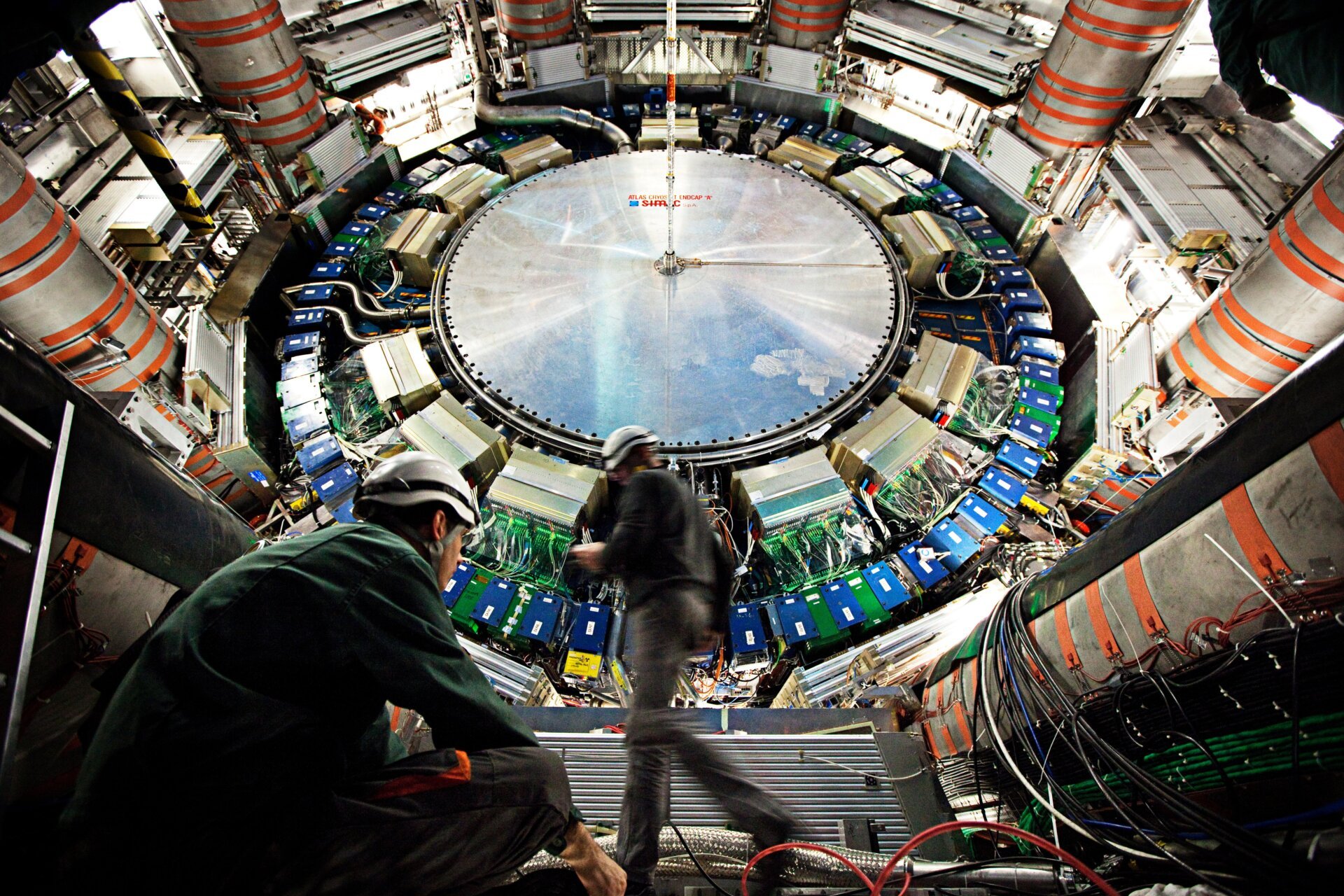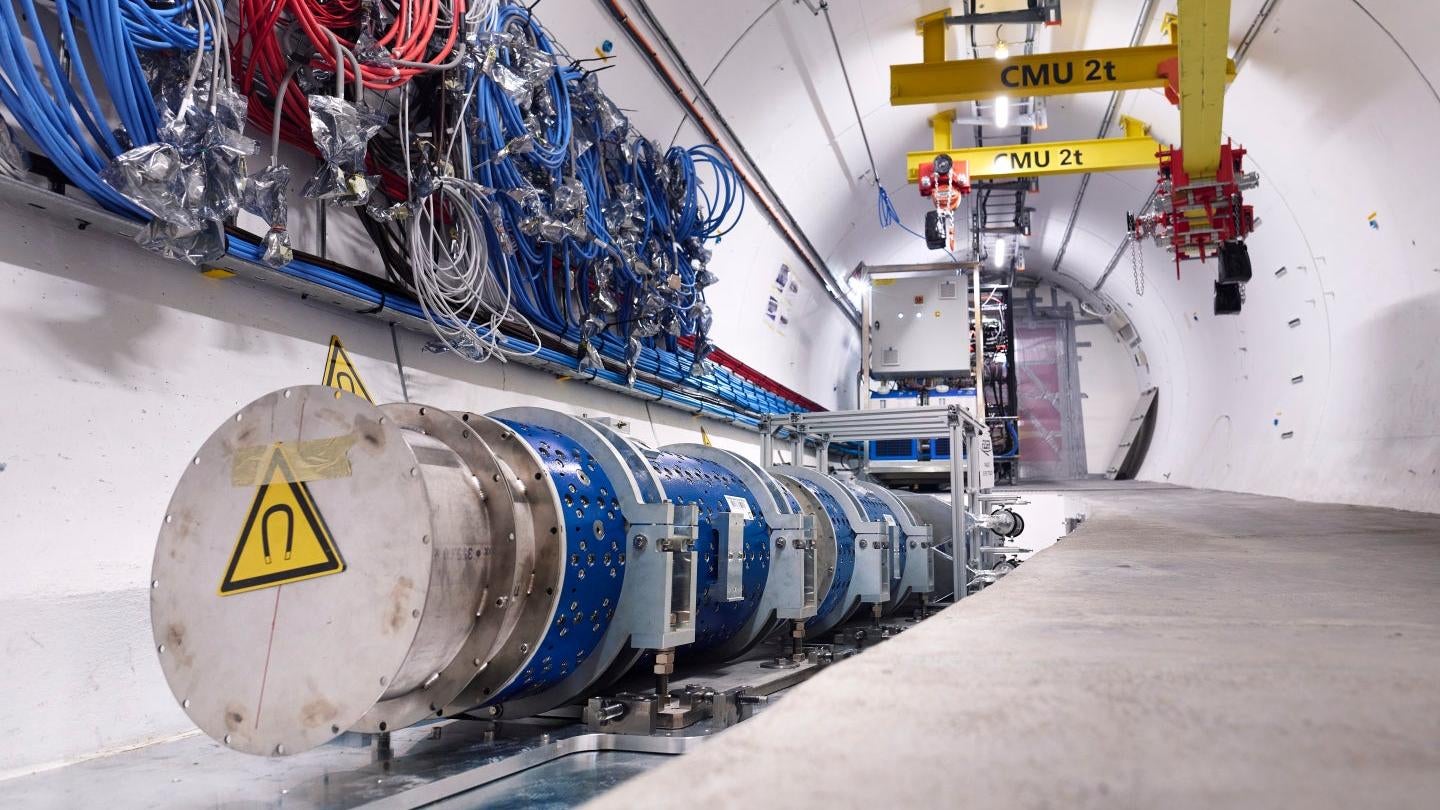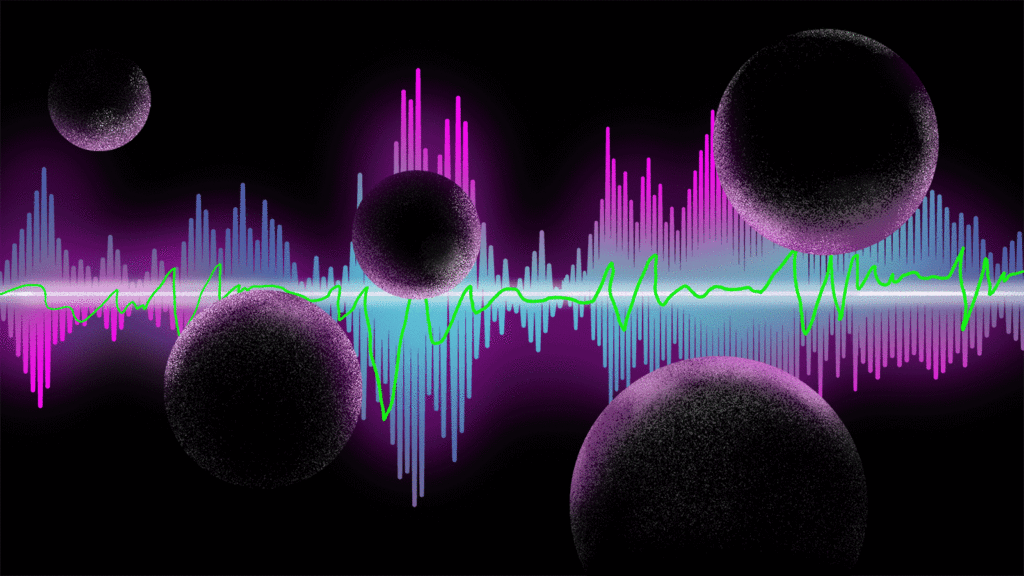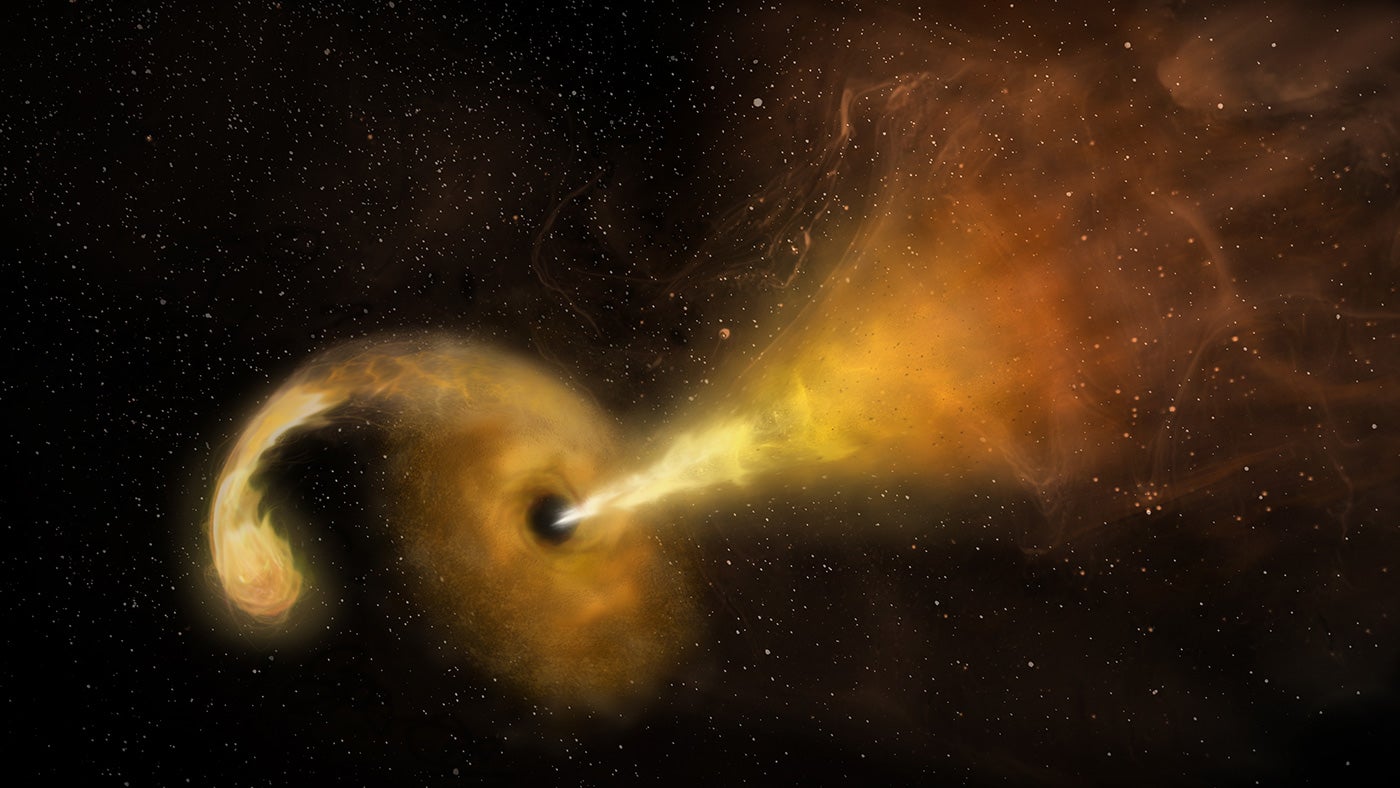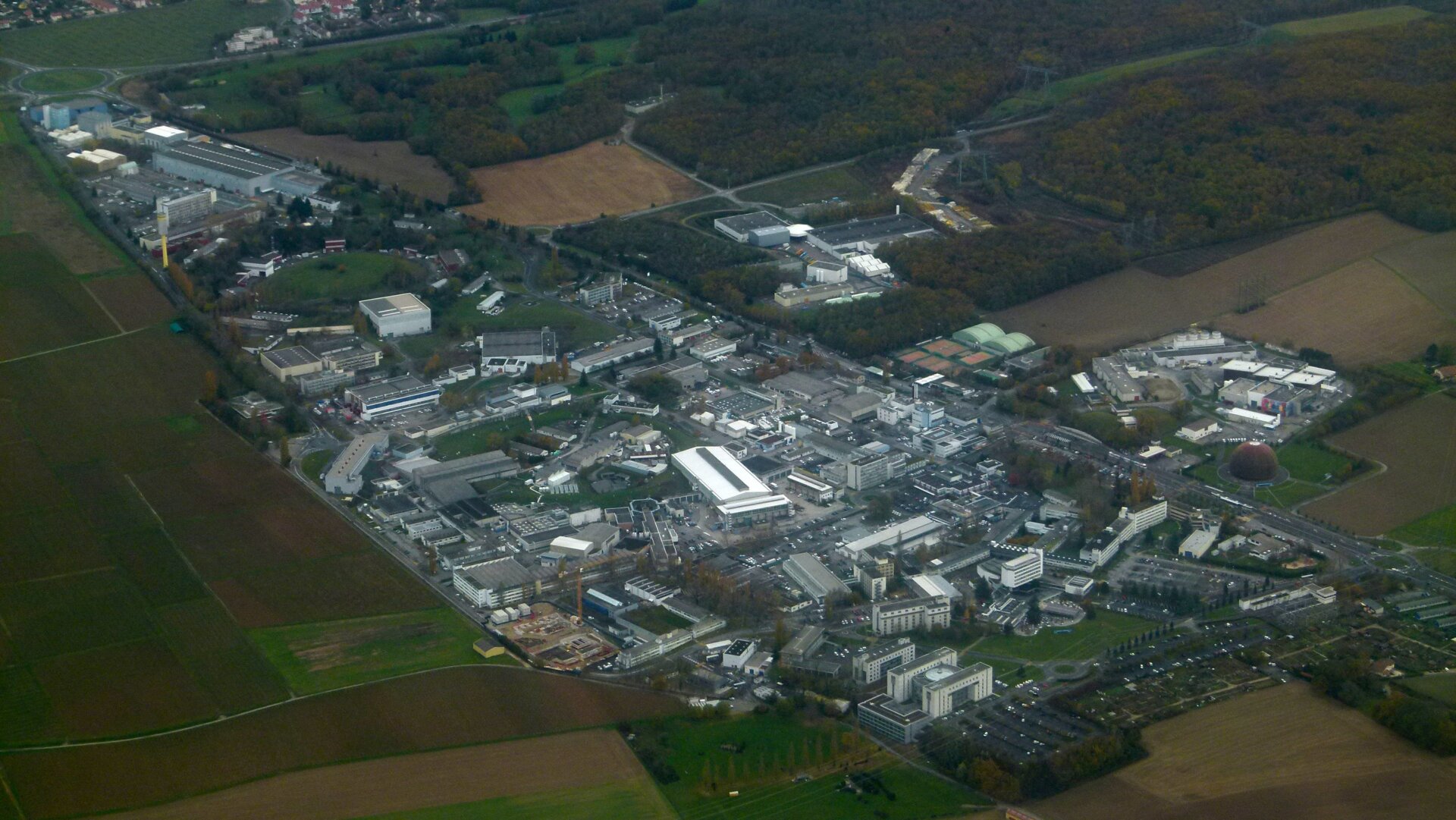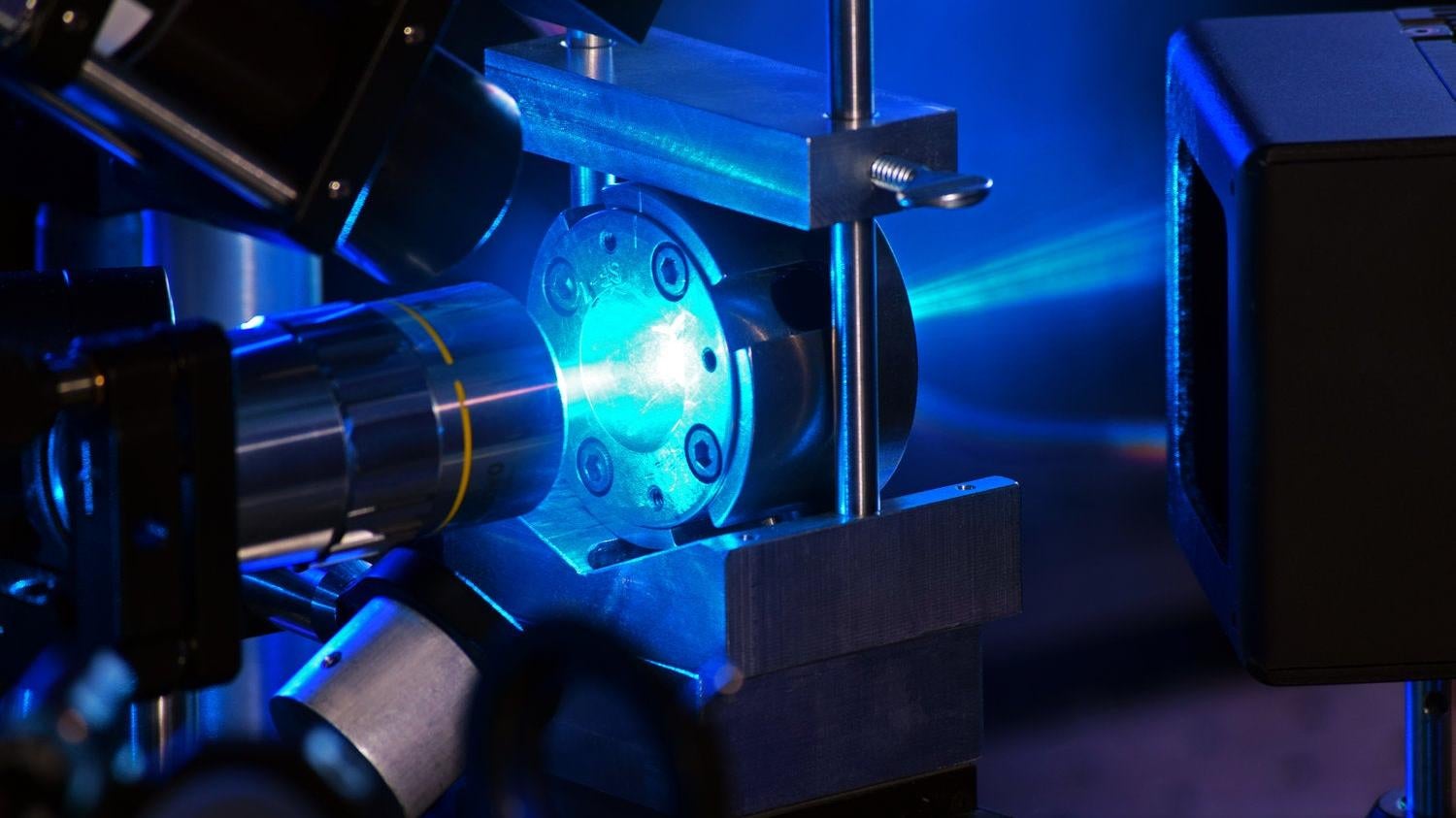The mass of the W boson, a fundamental particle governing the weak nuclear force, has been a subject of intense scrutiny in the world of particle physics. A recent measurement by the ATLAS experiment at CERN’s Large Hadron Collider has provided a new perspective on this crucial value, aligning with predictions from the Standard Model of particle physics. This finding contrasts with a previous measurement from the CDF Collaboration, which indicated a significantly higher mass, challenging the established theoretical framework.
The Standard Model, the cornerstone of our understanding of particle physics, describes the fundamental forces and particles that make up the universe. Precise measurements of fundamental particle properties, like the W boson mass, are vital for testing the model’s accuracy and potentially revealing new physics beyond its scope.
The ATLAS team’s latest measurement, presented at the Rencontres de Moriond conference, stems from a reanalysis of data collected in 2011. This involved examining approximately 14 million W boson candidates produced in proton collisions within the Large Hadron Collider. The analysis yielded a mass of 80,360 ± 16 MeV, notably 10 MeV lower and 16% more precise than their previous estimate. This result reinforces the consistency of the Standard Model’s predictions regarding electroweak interactions.
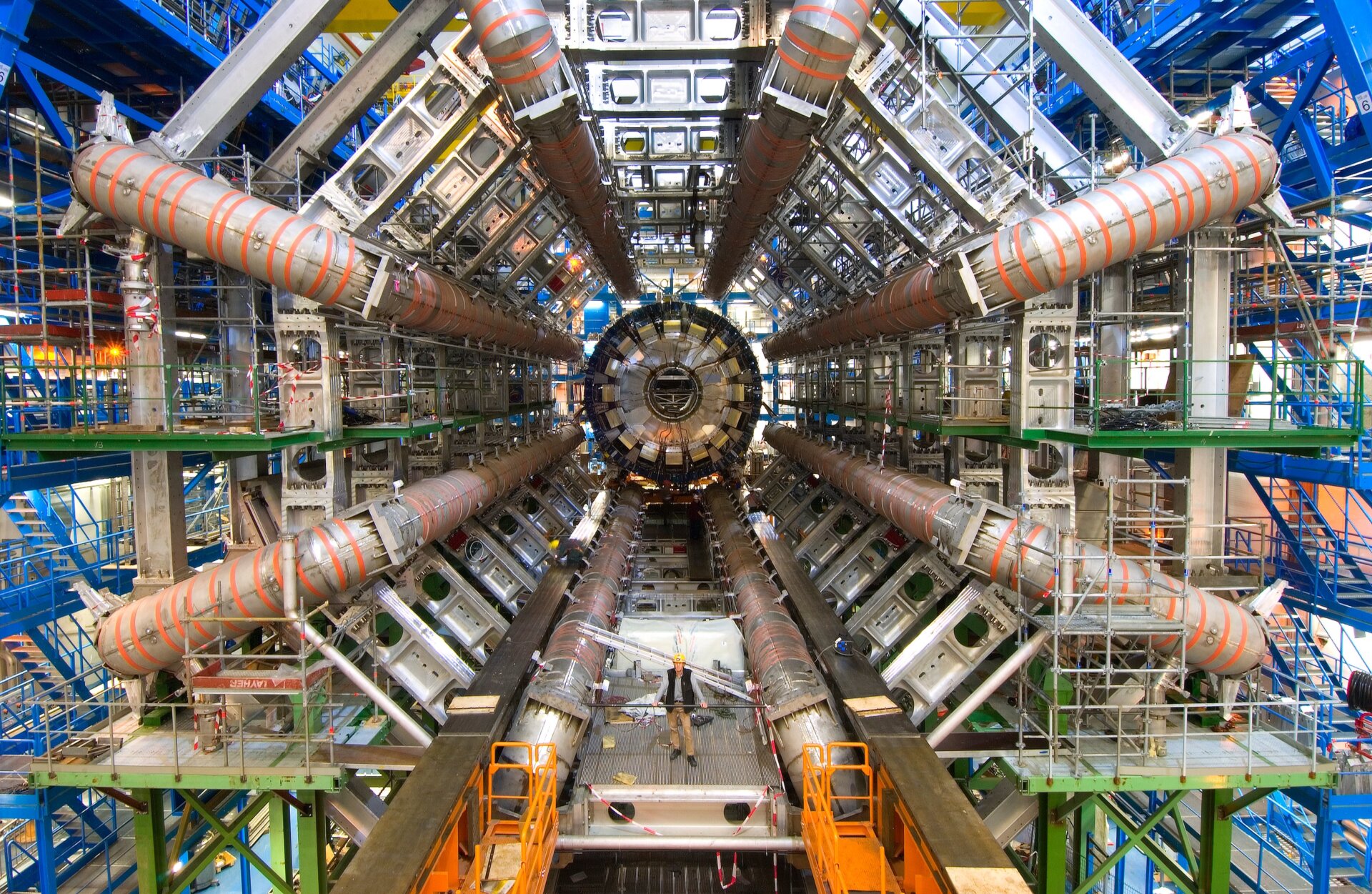 Eight toroid magenets in the ATLAS experiment (human at center for scale.)Eight toroidal magnets within the ATLAS detector at CERN, showcasing the scale of the experiment. Photo: CERN
Eight toroid magenets in the ATLAS experiment (human at center for scale.)Eight toroidal magnets within the ATLAS detector at CERN, showcasing the scale of the experiment. Photo: CERN
However, the story isn’t so simple. Last year, the CDF Collaboration, using data from Fermilab’s Tevatron accelerator, reported a significantly higher W boson mass of 80,433 ± 9 MeV. While seemingly small, this discrepancy has significant implications for the Standard Model. The difference represents roughly 80 times the mass of a proton, a substantial deviation at the subatomic level.
The CDF Collaboration maintains confidence in their measurement, emphasizing its precision and the rigorous cross-checks performed. They highlight the fact that the ATLAS reanalysis uses similar techniques to their previous work, suggesting the new result isn’t entirely surprising. Both teams await further scrutiny of the ATLAS findings.
The discrepancy between these two high-profile measurements underscores the complexities of experimental particle physics. The Standard Model, while remarkably successful, has known limitations. It doesn’t account for dark matter, dark energy, or gravity at the subatomic level. These unknowns motivate the continuous pursuit of precise measurements and the search for deviations from the Standard Model, which could point towards new physics.
Precisely measuring the W boson mass is a crucial step towards understanding the boundaries of the Standard Model. By identifying these limits, physicists can better target their search for new phenomena and refine our understanding of the universe at its most fundamental level. While the discrepancy between the ATLAS and CDF measurements remains a puzzle, it highlights the dynamic nature of scientific inquiry and the ongoing quest to unravel the mysteries of the universe.
Further measurements of the W boson mass are anticipated from other experiments at the Large Hadron Collider, including the Compact Muon Solenoid and LHCb. These future results will be vital in resolving the current discrepancy and further testing the Standard Model. The possibility remains that the LHC’s energy levels may be insufficient to produce particles that could clarify the Standard Model’s shortcomings. This would necessitate an upgraded LHC or a more powerful collider to explore higher energy regimes and potentially uncover new particles and interactions.
More: 10 Years After the Higgs Boson, What’s the Next Big Thing for Physics?



